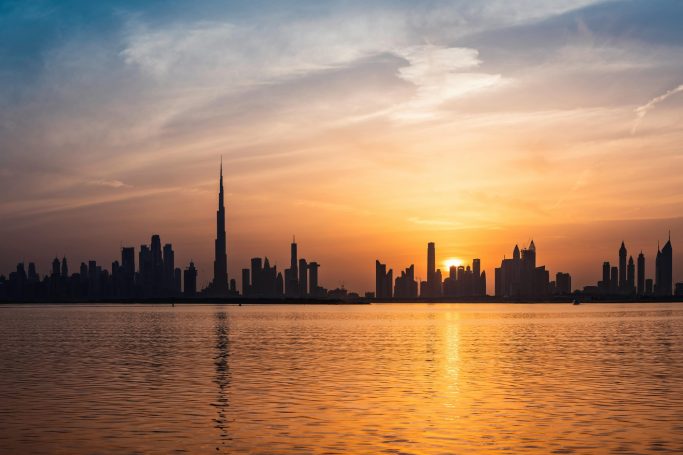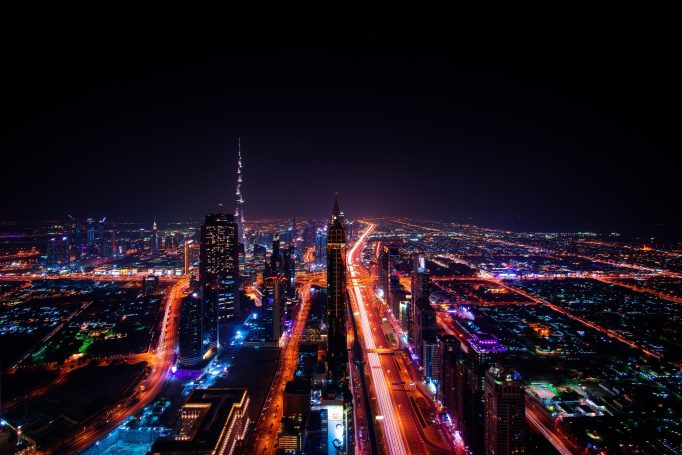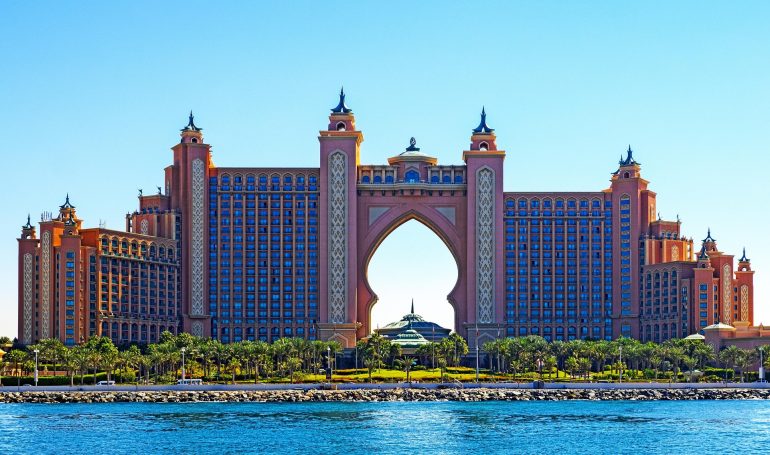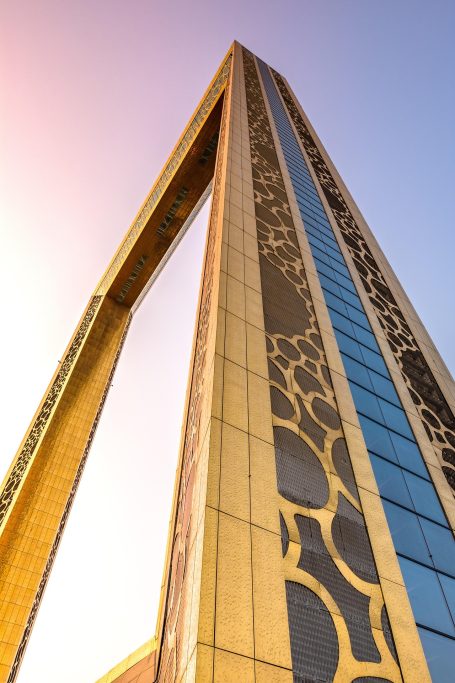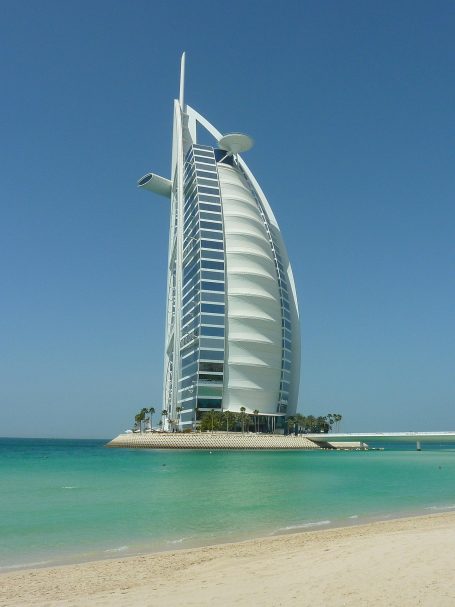Welcome to Dubai
Dubai: A Destination Designed for the Modern Traveler
Dubai functions as a travel environment shaped by systems. From arrival to departure, the city is organized around efficiency, coordination, and access. Each element of the experience, including hotels, retail, and transportation, is designed to operate consistently and support clear movement. Travelers can navigate the city without confusion, and services are built to manage volume without reducing quality.
The city’s layout is deliberate. Key areas are separated by function, such as business zones, coastal properties, shopping centers, and residential sectors. Movement between locations is straightforward. Roads are wide, signage is clear, and access points are well maintained. Most destinations are reachable by car, though many hotels include private connections to nearby malls, beach clubs, or entertainment facilities, reducing the need for external planning.
Hotels in Dubai follow a model built on self-sufficiency. Many properties are designed to include all core services within the same structure. This often includes multiple restaurants, fitness and wellness facilities, pools, meeting spaces, and private lounges. The layout tends to be vertical, with separate levels for accommodation, dining, and guest services. Elevators operate efficiently, and staff coordination ensures minimal wait times for check-in or support.
Guest rooms reflect a consistent approach to layout. Spaces are divided for function, with separate zones for sleeping, work, and leisure. Finishes are clean and durable. Technology is present but easy to manage. Lighting, climate, and communication settings are typically controlled through intuitive interfaces. Services such as housekeeping and room dining are accessible through direct request with clear turnaround times.
The service model emphasizes readiness. Staff interactions are professional, neutral, and solution-focused. Tasks are completed quickly and often with minimal need for follow-up. Whether requesting transport, adjusting a booking, or arranging meeting space, the process is direct and resolved without unnecessary formality. This approach is common across many properties regardless of size or location.
Many guests return to Dubai frequently. For that reason, repetition plays an important role in maintaining consistency. Hotels retain stable staff, standardize their menus, and offer familiar room types. Loyalty systems are in place and recognized during the stay. This creates a rhythm that reduces the need for repeated explanations or decision-making. Guests who stay regularly often find that the process becomes more efficient with each visit.
Retail zones reflect the same structure. Shopping centers are arranged for navigation, with stores grouped by category and movement supported by clear maps and visible circulation paths. Dining areas are placed at accessible points throughout the layout. Climate is controlled year-round, and service staff are trained to manage flow during busy hours without delay.
Dining experiences across the city follow an organized format. Reservations are confirmed digitally. Seating and service proceed with attention to pace. Most venues operate on consistent schedules and are reachable within a short distance from primary hotel zones. This reduces the need for long travel times or extended planning between meals and other appointments.
Transportation is widely available. Ride services are active across all districts. Hotel transfers are punctual. Roads are maintained to absorb traffic efficiently during peak hours. Signage is multilingual, and most destinations are no more than twenty to thirty minutes apart. This supports both structured itineraries and spontaneous movement.
Dubai supports a model of travel based on systems and output. Experiences are not left to chance. They are delivered through planning, execution, and availability. Most services are open across extended hours. Most interactions are managed through direct access. The result is an environment where travel is not about adjustment but about clarity.
For travelers who prioritize consistency, performance, and well-structured accommodations, Dubai offers a destination that performs across all major categories. The city does not rely on suggestion. It operates through structure. The result is not excess, but reliability.
Please note that this page may include affiliate links. If you choose to make a reservation through one of these links, we may receive a small commission from the booking platform. This comes at no additional cost to you and does not affect the price you pay. All recommendations are selected based on consistency, quality, and relevance to the destination.
Hotels to Consider in Dubai
Atlantis The Royal
Located on Palm Jumeirah, this large-scale resort features luxury rooms, signature restaurants, and multiple pools and lounges. Designed for travelers seeking comfort, access, and a wide range of services.
View Atlantis The Royal on Booking.com
Address Sky View
Situated in Downtown Dubai, this hotel offers direct connection to Dubai Mall, skyline views, and refined service. Facilities include an infinity pool, spa, and modern dining options.
Explore Address Sky View on Booking.com
Jumeirah Al Naseem
Part of the Madinat Jumeirah complex, this hotel combines contemporary rooms with beach access, landscaped grounds, and multiple dining venues. A balanced choice for resort-style stays.
Check availability at Jumeirah Al Naseem on Booking.com
Four Seasons Resort Dubai at Jumeirah Beach
A well-managed beachfront property offering discreet service, landscaped gardens, and access to both leisure and business areas. Rooms are spacious and facilities are designed for efficiency and comfort.
Book Four Seasons Dubai on Booking.com
